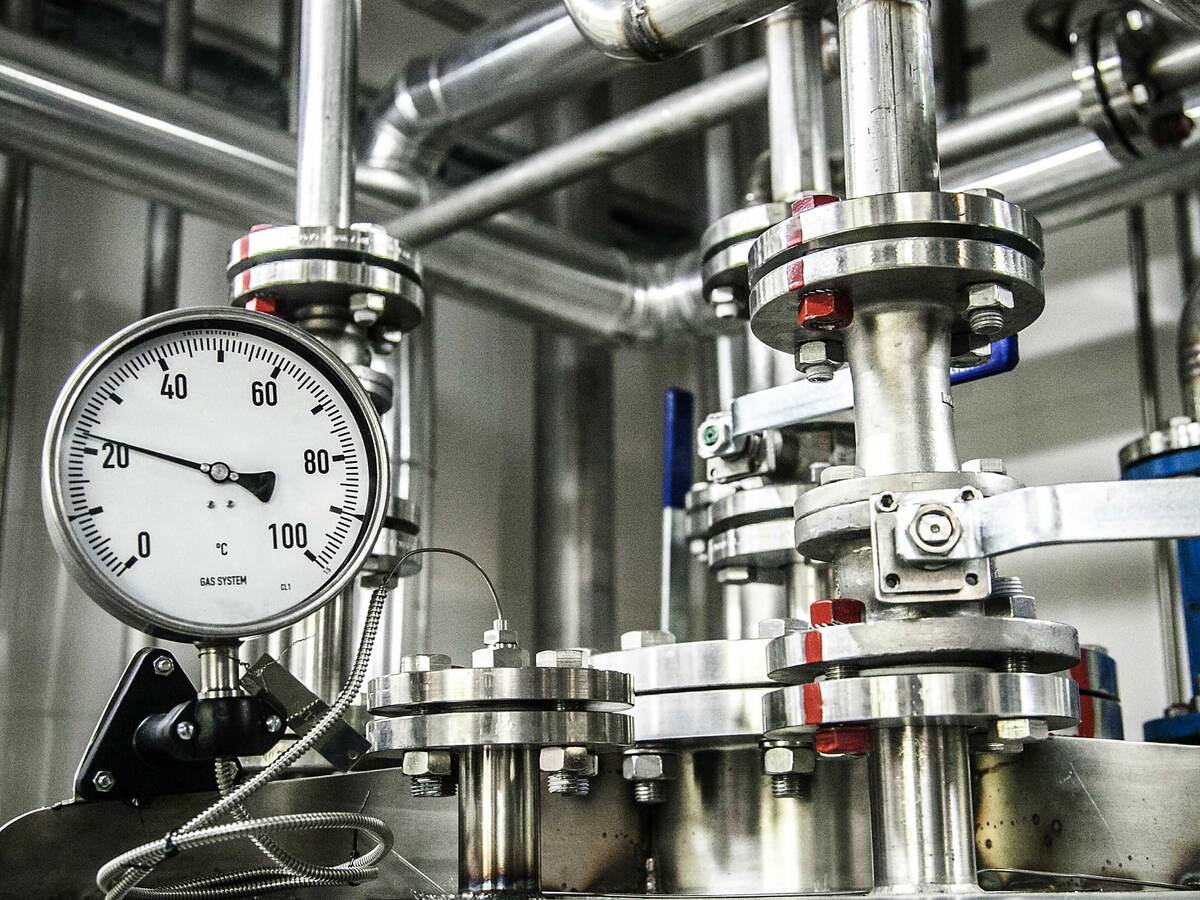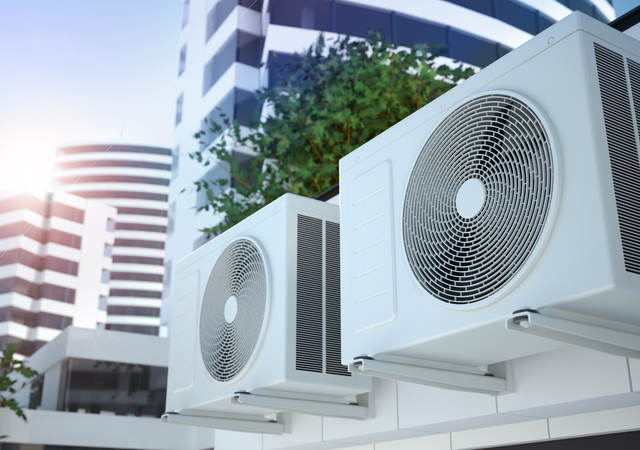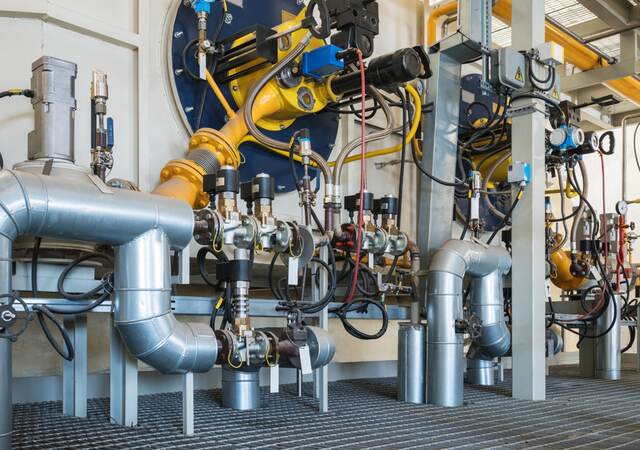June 10, 2022
In April 2022, the European Union (EU) presented a legislative proposal to further lower emissions of fluorinated greenhouse gases (F-gases). The proposed reduction in F-gas emissions aligns with the European Green Deal and the European Climate Law, which set a goal of EU climate neutrality (achieving net zero greenhouse gas emissions) by 2050. As a result, pressure equipment manufacturers are switching to low Global Warming Potential (GWP) gases, which increasingly include those classified as hazardous (Group 1), according to the Pressure Equipment Directive (PED). Using low GWP gases, pressure equipment increases its inherent PED Risk Category.
What is the PED?
The PED outlines the Essential Safety Requirements for the design, fabrication, testing, examination and marking of pressure equipment and assemblies, which often include cooling and refrigerant systems that use F-gases. The directive covers pressure equipment and assemblies with a maximum allowable pressure greater than 0.5 bar, or 7.25 pounds per square inch. The PED affects most pressure equipment and assembly manufacturers who want market access in the European Economic Area (EEA). Because F-gases have been used in cooling and refrigerant pressure equipment and components, the proposed regulations are of immediate concern to manufacturers.
The EU regulation proposal phases down the overall use of F-gases, limits their use where less harmful alternatives are available, and requires checks, servicing and recovery to help prevent F-gas emissions. In refrigerant systems, the regulation bans the use of F-gases because of their high GWP. Manufacturers who have not already begun substituting lower GWP gases in their cooling systems will soon be required to do so. But these cleaner gases have different thermodynamic and safety properties and present their own specific risks.
For cooling and refrigeration, F-gas substitutes include such unsaturated organic compounds as hydrofluoroolefins (HFOs) and propene (C3H6), as well as such natural refrigerants as ammonia (NH3), carbon dioxide (CO2) and propane (C3H8). These gases have lower GWP and are thus considered more climate friendly, but they are also flammable and/or potentially explosive. Because of these hazards, products containing lower GWP gases — such as refrigerators and air conditioning equipment — may move to a higher risk category under the PED. Using F-gases, products present less fire or explosion risk and have been classified as “not dangerous.” These products could then be self-certified by the manufacturer. Products using the cleaner but more flammable or explosive substitute refrigerant gases, however, are classified “dangerous.” For this reason, such products are often subject to a PED conformity assessment from a Notified Body such as UL for the issue of a CE (conformité européenne) certificate of conformance.
How does the PED affect you?
As a manufacturer of pressure equipment and assemblies who wants to conform with the PED, you may need to replace F-gases with lower GWP refrigerants in your heating, ventilation, air conditioning and refrigeration (HVAC-R) products. Many markets may require a PED Certificate of Conformity from a Notified Body to earn the CE mark, which allows you to place your products in European Economic Area (EEA) member markets.
HVAC-R products, equipment and assemblies that will require certification include:
- Assemblies, including (where applicable) air conditioners, chillers, hot water boilers and refrigeration cabinets.
- Such pressure equipment as hermetic-compressors and receivers, evaporators, condensers and pipelines.
- Safety accessories such as bursting discs, safety valves and controlled pressure safety release systems.
How can UL help you conform with the PED?
Recognizing, accrediting and finding a trusted industry partner such as UL proves important to achieving PED certification. At UL, we have extensive global expertise in pressure equipment and assemblies. UL performs assessment and certification as well as quality audits that will streamline a cost-efficient process to help get your products to market faster. Pressure equipment manufacturers can rely on our expertise to help cut through the complexity of the certification process, minimize compliance and regulatory delays and do it with a quicker turnaround time — accelerating your market access.
As authorized by ACCREDIA and UL International Italia S.r.l., UL is a Notified Body under Directive 2014/68/EU. We can evaluate and certify pressure equipment and assemblies globally. We perform conformity assessments through various evaluation procedures depending on the pressure equipment category and modules.
Through our streamlined service portfolio, UL’s laboratories in more than 140 countries can deliver PED compliance in Europe and beyond. UL reaches worldwide, a crucial element for companies that produce HVAC-R components and systems at several site locations. With a thorough understanding of the needs and demands of the HVAC-R industry, UL helps manufacturers transition to low GWP refrigerants to comply with the PED and other regulations. UL is equipped to test and certify many types of pressure equipment products, including vessels, piping, valves, heated equipment, safety accessories and assemblies.
If you are new to the PED and need help getting started, our industry experts are available to support your learning needs from personalized one-on-one meetings to larger virtual classroom training sessions. We can educate your staff, giving them the knowledge they need on the pressure directives and helping them understand where and how the directives apply. Learn more about all our PED services and get your products on the EU market.
Related resources:
Get connected with our sales team
Thanks for your interest in our products and services. Let's collect some information so we can connect you with the right person.



